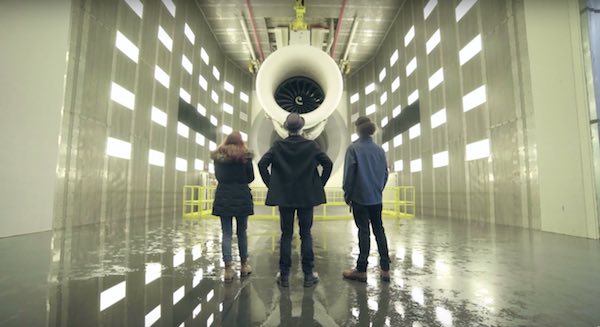
[Image above] Credit: General Electric; YouTube
No matter how many times I fly, I’m still amazed that such a ginormous, incredibly heavy hunk of engineered materials can hurtle through the sky safely.
Don’t get me wrong—I (largely) understand and completely trust the science. I know that those wings will provide adequate lift and that turbo-charged engine will supply the thrust to jettison that aerodynamic metal tube off the runaway.
But still, each time I’m awaiting takeoff, I can’t help but wonder—what if the engine fails this time?
The fact is that air travel is relatively safe—much safer than travel on land. You’re actually more likely to succumb a laundry list of expected and unexpected routes to death than an airplane can provide, including:
- accidentally falling,
- unintentional poisoning,
- homicidal maniac,
- hit by lightning,
- swept away by a tornado,
- attacked by a bear, or
- even killed by man’s best friend.
So if you’re preparing for takeoff, the odds are in your favor. And we have some serious engineering to thank for that.
In addition to the incredible engineering—which continues today, with new materials like ceramic matrix composites—airplane engines also undergo extensive testing to ensure their safety.
But how do you test such a huge machine?
Join former “MythBusters” host Adam Savage and “Innovation Nation” correspondent Alie Ward as they go inside GE Aviation’s testing facility in Peebles, Ohio, in a recent video in the company’s “In the wild” series, to see how the magic happens.
And don’t miss the simple safety reason for that pretty swirl painted on the engine’s nose cone.
https://www.youtube.com/watch?v=US-uYJrWs2Q
Credit: General Electric; YouTube
Author
April Gocha
CTT Categories
- Aeronautics & Space
- Manufacturing
- Transportation
Spotlight Categories
- Member Highlights


